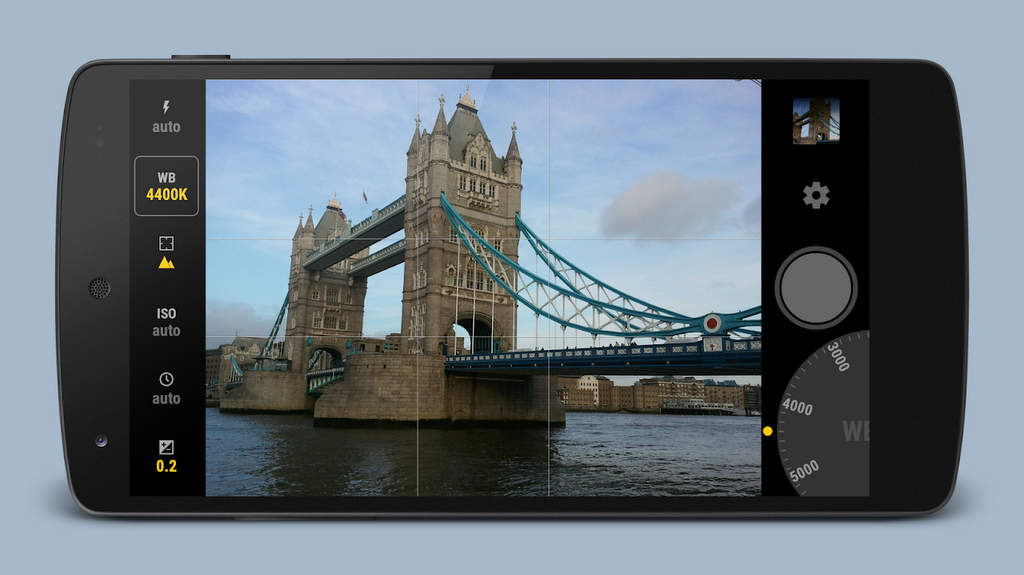

- #AUTO WHITE BALANCE LOCK ON DSLR HOW TO#
- #AUTO WHITE BALANCE LOCK ON DSLR FULL#
- #AUTO WHITE BALANCE LOCK ON DSLR PRO#
With setting #8, we’re focusing on getting the audio just right by setting the microphone. If that doesn’t work, try setting the Kelvin number to match the lighting setup of the video shoot. When in doubt about setting white balance, turn to your camera’s preset color temperature optionsīefore testing different Kelvin numbers, it’s best to try the different presets first to see if any of them match the look you’re going for. Widening the lens opening – or decreasing the aperture – creates more light in the shot, while reducing its size – or increasing the aperture – creates a darker shot. You can think of it like the human pupil a larger pupil means more light is let into the eye. Adjusting your aperture means adjusting the opening in the camera lens to increase or reduce the amount of light in the shot.
#AUTO WHITE BALANCE LOCK ON DSLR HOW TO#
Next, let’s explore how to set your aperture. However, not all cameras offer this setting, but 1/50 is close enough and will still get you great results. If you’ve gone with the cinematic look by setting the frame rate to 24 FPS, ideally you’d set the shutter speed to 1/48. So a frame rate of 30 FPS would mean a shutter speed of 60 (or 1/60 of a second). The general rule of thumb is for the shutter speed to be double the frame rate. The frame rate setting you’ve selected is what determines the ideal shutter speed for your video. Just double your frame rate to get your ideal shutter speed setting By correctly setting your shutter speed, you’ll be able to eliminate the risk of any flickering lights in your shot too. It also helps to determine the exposure and brightness of the shot, so needless to say, this is an important setting to understand. First up is shutter speed, and this setting plays a major role in how the motion of the footage comes across to the viewer. Now that you’ve got resolution, frame rate, and bitrate figured out, it’s time to move on to the settings that affect the actual look and feel of your shot. That way, you can make a more informed decision on which Mbps setting is best. Just type the make and model number of your camera into the search bar to find out what bitrate options you have access to.

To get a better idea of your camera’s bitrate offering, do a quick Google search. Another thing to keep in mind is that bitrates aren’t comparable across the board – 18 Mbps might be the highest option available on one camera, but on another, it could be the lowest setting. Setting the bitrate, depends entirely on the camera you’re using since every device offers access to different bitrates. This camera’s bitrate is set to 200 Mbps, but your specific bitrate setting depends on the camera you’re using Ideally, you’ll set the res to 4K or even higher but not all cameras have this option. We recommended that you have your video resolution set to 1920×1080 pixels or higher. Most cameras have a few different resolution options to choose from, including: The higher the pixel count, the better the resolution and the crisper the footage. Video resolution refers to the overall quality of the video and it’s based on pixel count. Setting #1: Video Resolutionįirst up is video resolution. Then, every time you go to set your camera up for shooting, you can check each one off the list as you go.
#AUTO WHITE BALANCE LOCK ON DSLR PRO#
Pro Tip: As you play around with your camera’s settings, it’s recommended that you follow this list in the exact order that it’s written. So if you’re ready to learn all about the best camera and DSLR video settings for each of the camera features above, let’s jump in! We’ll be covering each of these below in more detail so you know exactly how to set your camera to get high-quality video footage every time. Modern cameras have what seems to be an infinite number of settings, but there’s actually only 9 that you really need to focus on to create a quality video which are: 9 Important DSLR Camera Settings for Video
#AUTO WHITE BALANCE LOCK ON DSLR FULL#
To learn about how to adjust your camera settings for optimal results, check out our full tutorial so you can create great videos, every time. Some of you may be thinking, is it worth all the hassle to change around all of the camera settings manually? Well, the answer is yes, and the good news is that there’s really not that much hassle involved at all. Important: When available, we use affiliate links and may earn a commission!


 0 kommentar(er)
0 kommentar(er)
